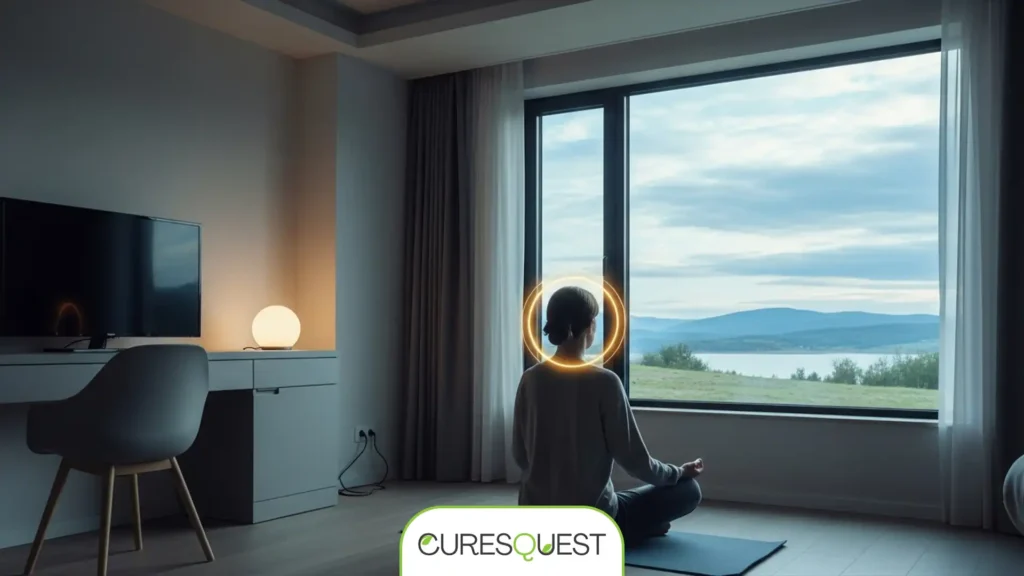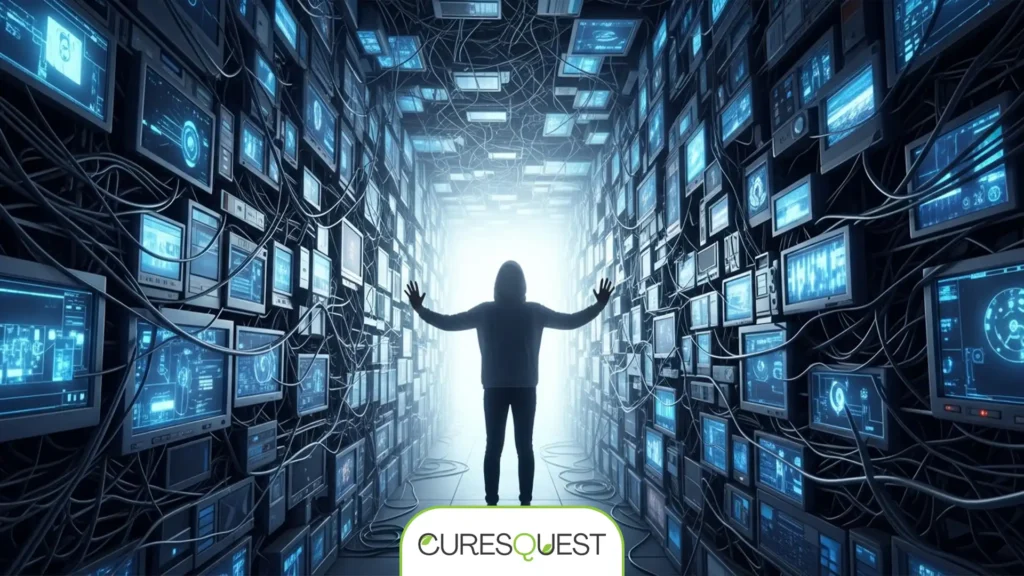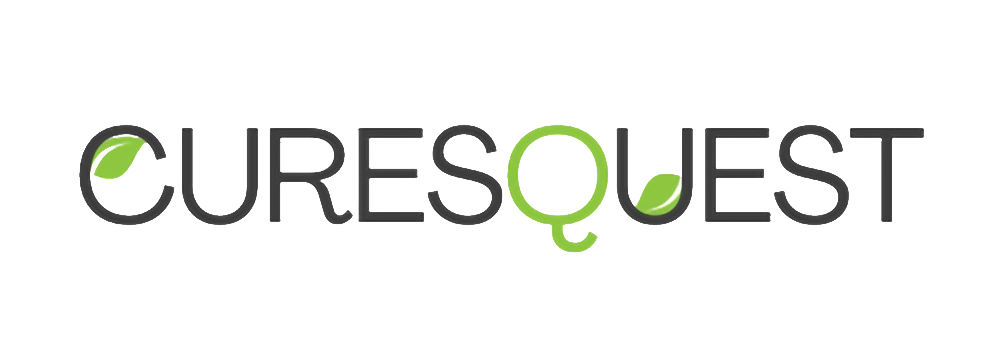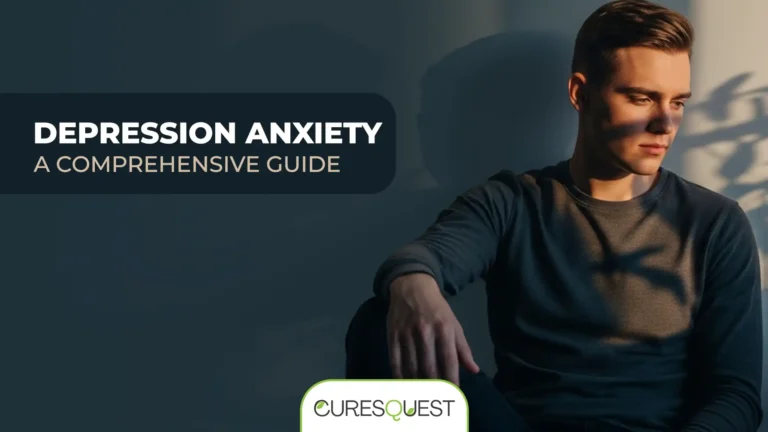In our hyper-connected, always-on world, the concept of “busyness” has become a badge of honor. We juggle endless tasks, notifications ping constantly, and our minds race from one demand to the next. But what if there was another way? What if, amidst the chaos, you could cultivate an inner sanctuary—a place of calm, focus, and profound clarity? This is the essence of creating mental space, a vital practice for anyone seeking to reclaim their peace of mind and enhance their overall well-being. It’s not about doing less, but about doing what truly matters with greater intention and less internal friction.
This comprehensive guide will walk you through the why and how of mental decluttering. We’ll explore the modern challenges that erode our inner calm, delve into practical, actionable strategies you can implement today, and uncover the scientific backing for a clearer mind. Prepare to discover how to quiet the noise, manage distractions, and foster a more expansive, productive, and peaceful internal landscape. Let’s embark on this journey to find your mental freedom.
Table of Contents
What Exactly is “Creating Mental Space”?
At its core, creating mental space involves intentionally reducing cognitive load and emotional clutter to allow for clearer thought, greater focus, and enhanced emotional regulation. Think of your mind as a computer’s hard drive: if it’s constantly overloaded with open programs, background processes, and unnecessary files, its performance will suffer. Similarly, our minds, when crammed with worries, to-do lists, digital notifications, and unresolved thoughts, struggle to function optimally.
Beyond Physical Decluttering
While often associated with physical decluttering (think Marie Kondo for your home), mental space goes deeper. It’s about auditing your internal environment. It involves identifying what truly deserves your attention and what can be released or reorganized. This isn’t about emptying your mind entirely, which is often an impossible and undesirable feat, but rather about creating an organized, spacious environment where essential thoughts and emotions can breathe and be processed effectively. It’s about making room for new ideas, creativity, and stillness.
The Benefits of a Clutter-Free Mind
The advantages of a mind free from excessive clutter are profound and far-reaching. When you commit to creating mental space, you unlock a cascade of positive outcomes:
- Enhanced Focus & Productivity: With fewer distractions vying for attention, your ability to concentrate on tasks improves dramatically. This leads to higher quality work and greater efficiency.
- Reduced Stress & Anxiety: A clear mind is less prone to rumination and overwhelm. You can address challenges from a place of calm, rather than reacting from a place of panic. This is key to effective stress management strategies.
- Improved Decision-Making: When your thoughts aren’t muddled by noise, you can evaluate options more clearly, leading to better, more intentional choices.
- Greater Creativity & Innovation: Mental space allows for divergent thinking and the spontaneous emergence of new ideas. It’s where breakthroughs happen.
- Emotional Resilience: A spacious mind can process emotions without getting trapped by them, fostering greater emotional intelligence and resilience.
- Better Relationships: Being fully present with others, rather than mentally distracted, deepens connections and improves communication.
- Increased Joy & Well-being: Ultimately, creating mental space leads to a greater sense of peace, contentment, and overall life satisfaction. It helps you find inner peace.

The Modern World’s Assault on Mental Space
Before we dive into solutions, it’s crucial to understand the forces constantly working against our efforts to cultivate mental clarity. Recognizing these challenges is the first step toward mitigating their impact.
Information Overload
We are living in the age of information abundance, where news feeds, emails, articles, and endless content streams compete for our attention. This constant influx of data, much of it non-essential, contributes significantly to what is known as cognitive load. Our brains are not designed to process this volume of information continuously, leading to mental fatigue, difficulty concentrating, and a pervasive sense of being overwhelmed. This makes boost focus and concentration a significant challenge.
Digital Distractions
Our smartphones, tablets, and computers are powerful tools, but they are also potent sources of distraction. Notifications, social media alerts, instant messages, and the sheer accessibility of entertainment can fracture our attention into tiny, unproductive fragments. The constant urge to check, scroll, or respond creates a cycle of reactive living that leaves little room for proactive thought or deep work. This is where digital detoxification becomes paramount.
The Cult of Busyness
There’s a societal pressure to always be busy, to always be doing something. Downtime is often viewed as unproductive or even lazy. This cultural narrative can make us feel guilty for resting, reflecting, or simply existing without a scheduled activity. This relentless pursuit of busyness prevents us from carving out the essential quiet moments needed for processing, integrating, and simply “being,” which are crucial for mindfulness practices and mental well-being.
Practical Strategies for Creating Mental Space
Now that we’ve identified the obstacles, let’s explore concrete, actionable strategies to help you reclaim and expand your mental space. These techniques are designed to reduce mental clutter and enhance your ability to focus and find calm.
Digital Decluttering & Detox
Given the pervasive nature of digital distractions, this is often the most impactful starting point for creating mental space.
- Turn Off Notifications: This is non-negotiable. Disable all non-essential notifications on your phone, computer, and tablet. You decide when to check, not your devices.
- Schedule “No-Phone” Zones: Designate specific times or places (e.g., dinner time, bedroom, first hour of the morning) where phones are banned.
- Implement App Limits: Use your phone’s built-in features (Screen Time on iOS, Digital Wellbeing on Android) to set daily limits for distracting apps.
- Unfollow & Unsubscribe: Prune your social media feeds and email subscriptions. If it doesn’t add value or joy, let it go.
- Batch Communication: Instead of constantly checking emails and messages, designate specific times of the day for responding.

Mindful Practices
Mindfulness is the practice of being present and fully engaged in the current moment, without judgment. It’s a powerful tool for reducing mental clutter.
Meditation & Deep Breathing
Even a few minutes of meditation daily can significantly impact your ability to calm your mind. Focus on your breath, observing thoughts as they arise without engaging with them. Apps like Calm or Headspace can guide beginners. Deep breathing exercises, even without formal meditation, can activate your parasympathetic nervous system, promoting relaxation. The benefits of meditation extend to physical and mental health.
Journaling for Clarity
Putting your thoughts and feelings onto paper is an excellent way to externalize and process them, preventing them from swirling endlessly in your mind. Try a “brain dump” at the end of the day, or use prompts to explore specific worries or goals. This practice is vital for journaling for mental health.
Time Management & Prioritization
Feeling overwhelmed by tasks is a major mental space reducer. Effective time management isn’t about doing more, but about managing your energy and attention wisely.
- The Eisenhower Matrix: Categorize tasks into “Urgent/Important,” “Not Urgent/Important,” “Urgent/Not Important,” and “Not Urgent/Not Important.” Focus on the “Not Urgent/Important” to prevent future crises. Master task prioritization with the Eisenhower Matrix.
- Time Blocking: Schedule specific blocks of time for specific tasks, including focused work, breaks, and even “mental space” activities. Treat these blocks like appointments.
- Learn to Say No: Protect your time and energy by politely declining commitments that don’t align with your priorities or capacity. This is a powerful form of setting boundaries.
- Batch Similar Tasks: Group similar tasks (e.g., answering emails, making calls, administrative work) and tackle them in dedicated blocks.
Setting Boundaries
Boundaries—personal, professional, and digital—are invisible fences that protect your mental and emotional energy. Without them, you become susceptible to external demands that erode your peace.
Pros of Strong Boundaries:
- Increased personal autonomy and control.
- Reduced resentment and burnout.
- Improved self-respect and respect from others.
- More energy for what truly matters to you.
Cons of Weak Boundaries:
- Feeling constantly overwhelmed and drained.
- Difficulty prioritizing your own needs.
- Increased susceptibility to external pressures.
- Resentment towards others and yourself.
Communicate your boundaries clearly and assertively. This might mean setting “do not disturb” hours, limiting availability, or clearly defining your role and responsibilities. This is crucial for overcoming overwhelm.

Physical Environment & Its Mental Impact
Your external environment profoundly influences your internal state. A cluttered physical space often translates to a cluttered mind. Dedicate time to organize your workspace and living areas. Minimize visual noise, create designated homes for items, and keep surfaces clear. A clean, organized environment supports a clear, organized mind, making it easier to cultivate stillness.
The Science Behind a Clear Mind
The concept of creating mental space isn’t just anecdotal; it’s deeply rooted in cognitive science and neuroscience. Our brains have a finite capacity for processing information. When we are constantly bombarded, our prefrontal cortex—the part of the brain responsible for executive functions like planning, decision-making, and focus—becomes overloaded. This leads to decision fatigue, reduced cognitive performance, and increased stress.
Practices that promote mental space, such as mindfulness meditation, have been shown to literally change the structure of the brain, increasing gray matter in areas associated with attention, emotional regulation, and self-awareness. By reducing the constant barrage of stimuli and giving our brains periods of rest and focused attention, we allow for better neural integration, improved memory, and enhanced problem-solving abilities. It’s about optimizing your brain’s natural functions rather than constantly pushing it to its limits.
Benefits of Mental Space Practices
| Practice | Primary Benefit | How it Helps in Creating Mental Space |
|---|---|---|
| Digital Detox | Reduces external distractions | Frees up attention from notifications and endless scrolling, allowing for focused thought and presence. |
| Mindfulness Meditation | Enhances present moment awareness | Trains the mind to observe thoughts without attachment, reducing rumination and fostering calm. |
| Journaling | Externalizes thoughts and emotions | Offloads mental burdens onto paper, clarifying thoughts and preventing mental loops. |
| Time Blocking | Structures work and rest | Provides clear boundaries for tasks, reducing decision fatigue and preventing task switching. |
| Setting Boundaries | Protects personal energy | Filters out non-essential demands, preserving cognitive resources for priorities. |
| Physical Decluttering | Reduces visual and sensory input | A tidy environment mirrors a tidy mind, minimizing subtle background stressors. |
Sustaining Your Mental Space: Long-Term Habits
Creating mental space isn’t a one-time event; it’s an ongoing practice. To maintain the benefits, integrate these habits into your daily life.
Regular Reflection
Set aside time each week for reflection. Review your commitments, assess your energy levels, and identify what’s working and what’s creating mental clutter. This allows for continuous adjustment and refinement of your practices.
Continuous Learning & Growth
Engage in activities that stimulate your mind in healthy ways, such as reading, learning a new skill, or exploring new ideas. This keeps your mind active and engaged without necessarily overloading it. Seek out ways to improve mental well-being through consistent self-improvement.
Seeking Support
Don’t hesitate to seek support from friends, family, or professionals if you’re struggling to manage mental overwhelm. Sometimes, an outside perspective or professional guidance can provide the breakthrough you need to truly reduce mental clutter and achieve mental calm. Remember, prioritizing your peace of mind is not a luxury, but a necessity.

Frequently Asked Questions (FAQ)
Why is creating mental space important in today’s world?
In an era of constant digital stimulation and increasing demands, creating mental space is crucial for combating overwhelm, reducing stress, improving focus, enhancing creativity, and maintaining overall mental and emotional well-being. It helps us navigate complexity with clarity.
How long does it take to see results from these practices?
Some immediate benefits, like reduced anxiety after a digital detox or a clearer mind after journaling, can be felt quickly. However, consistent practice over weeks and months leads to more profound, lasting changes in cognitive function and emotional resilience. It’s a journey, not a destination.
Can digital detox really help with creating mental space?
Absolutely. Our devices are major sources of mental clutter. A digital detox, even a partial one, significantly reduces the influx of non-essential information and interruptions, freeing up cognitive resources and allowing your mind to rest and reset. It’s one of the most effective ways to simplify your life.
What if I don’t have time for meditation?
You don’t need hours. Even 5-10 minutes of focused deep breathing or mindful awareness (e.g., paying full attention to a cup of tea or a walk) can be incredibly beneficial. The key is consistency, not duration. Integrate small moments of stillness throughout your day.
Is it okay to feel resistance when trying to create mental space?
Yes, it’s very common. Our brains are wired for novelty and stimulation, and pulling away from constant input can feel uncomfortable initially. Acknowledge the resistance without judgment, and gently continue with your practices. Over time, your brain will adapt and appreciate the calm.
How does physical clutter affect mental space?
Physical clutter creates visual noise and can be a constant reminder of unfinished tasks or disorganization. This subtle background stress contributes to cognitive load and makes it harder to focus. A tidy physical environment often leads to a more organized and peaceful mental state.
What’s the difference between “mental space” and “mindfulness”?
Mindfulness is a practice—the state of being present and aware—that is a powerful tool for creating mental space. Mental space, on the other hand, is the outcome or the desired state: a mind that is clear, calm, and free from excessive clutter, often achieved through practices like mindfulness.
Conclusion: Embrace Your Inner Calm
Creating mental space is more than just a trend; it’s a fundamental practice for thriving in our demanding world. By intentionally decluttering your mind, managing digital inputs, embracing mindful practices, and setting healthy boundaries, you can transform your internal landscape from chaotic to calm. This journey empowers you to think more clearly, live more purposefully, and experience a profound sense of peace. Start small, be consistent, and watch as your ability to navigate life with clarity and resilience grows. Your inner sanctuary awaits.









